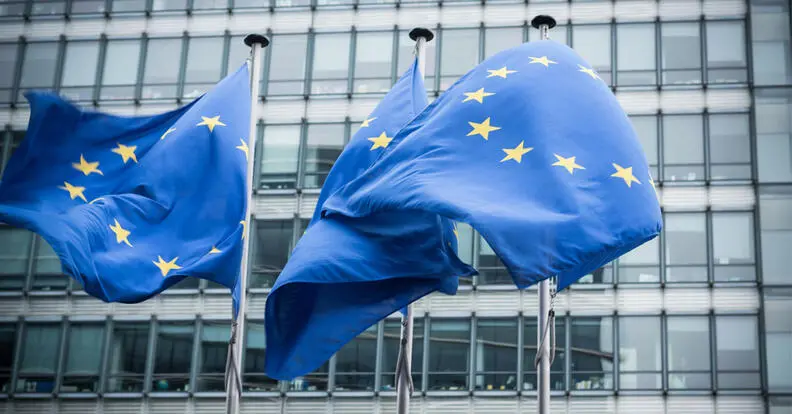The clock is ticking on new e-invoicing and digital reporting requirements evolving throughout European Union (EU), so it’s worth a quick look back for some context on how we got here. Organizational concerns about these e-invoicing and additional reporting requirements are also worth considering.
Most VAT legislation around the globe originally assumed that a valid VAT invoice was a paper document. Over time, this changed from allowing digital options like PDFs and EDI to permitting digital structured e-invoices alongside paper-based invoicing, and most recently, requiring e-invoicing as a complete replacement for paper-based invoicing. Mandated e-invoicing often comes with additional digital real-time reporting requirements.
What is e-Invoicing?
E-Invoicing can be defined as the issuance of structured electronic invoices capable of being exchanged between economic operators and automatically processed. This structured e-invoice contains data in a machine-readable format that can be automatically processed into the buyer’s AP system.
Why Does e-Invoicing Matter?
There are several arguments for legislators to enact mandated e-invoicing. The primary (related) arguments in many cases for mandating B2B e-invoicing are a reduction of a VAT gap, pushback of the black/grey economy, fraud reduction and increased compliance. For B2G the primary argument for mandating e-invoicing is procurement efficiencies, which is sometimes also used in the B2B context.
The History of e-Invoicing
Brazil’s pioneering e-invoicing requirements took effect in 2008. Brazil’s legislators and tax authorities enacted these rules, in large part, to push back against grey- and black-market activity. Other countries in Latin America followed Brazil’s lead by mandating their own e-invoicing rules in subsequent years.
Italy mandated B2G e-invoicing in 2014, followed by their e-invoice clearance portal for B2B transactions in 2019 as part of an effort to counter VAT non-compliance and fraud. Until about a year ago, e-invoicing in the EU felt more like an Italian anomaly than an indication of upcoming of EU-wide e-invoicing. But that perception quickly faded, as more countries, such as France, Poland and Germany, began to consider mandatory e-invoicing and subsequently are moving ahead with formal proposals and final rules.
Last December, the European Commission published its comprehensive VAT in the Digital Age (ViDA) proposal, which calls for a mix of mandatory and optional e-invoicing, combined with digital and traditional reporting. The proposal seeks to harmonize e-invoicing within the EU and mandate how vendors and recipients electronically submit invoice data to the tax authorities.
Are There Concerns With e-Invoicing or ViDA?
The fate of this harmonization figures prominently among tax groups’ top e-invoicing concerns, which include:
- A spaghetti bowl of stipulations: Tax leaders are understandably concerned about the expense and effort that would be required to comply with numerous different, country-specific e-invoicing regulations. At the moment, Italy, France, Germany, Poland, Hungary, Spain, Belgium, Romania, Latvia, and Croatia have proposed or finalized unique rules. While the ViDA initiative seeks to harmonize e-invoicing rules and compliance processes across EU member states, this objective hinges on the proposal being finalized – which is not guaranteed.
- Heightened transparency: E-invoicing rules require businesses to provide substantial amounts of transactional data and tax information to tax administrations. As a result, tax administrations will have more visibility than ever into a company’s procurement activities, sales activities and tax data (including data related to transfer pricing). There’s even a risk that some technologically advanced tax administrations will know more about a company’s sales and procurement activities than their corporate tax groups with less advanced supporting technology in place.
- Opportunity cost: If the magnitude of the e-invoicing compliance burden becomes excessive, it could impede companies as they enter new geographies, launch new products and attempt to perform other strategic activities.
While these concerns are valid, e-Invoicing also offers benefits including efficiency opportunities, improved tax controls and more certainty regarding VAT deductions. While these challenges may seem daunting to handle alone, Vertex e-Invoicing offers a single integrated global solution for e-invoice compliance, optimizing real-time VAT reporting, and improving cash flow management.


